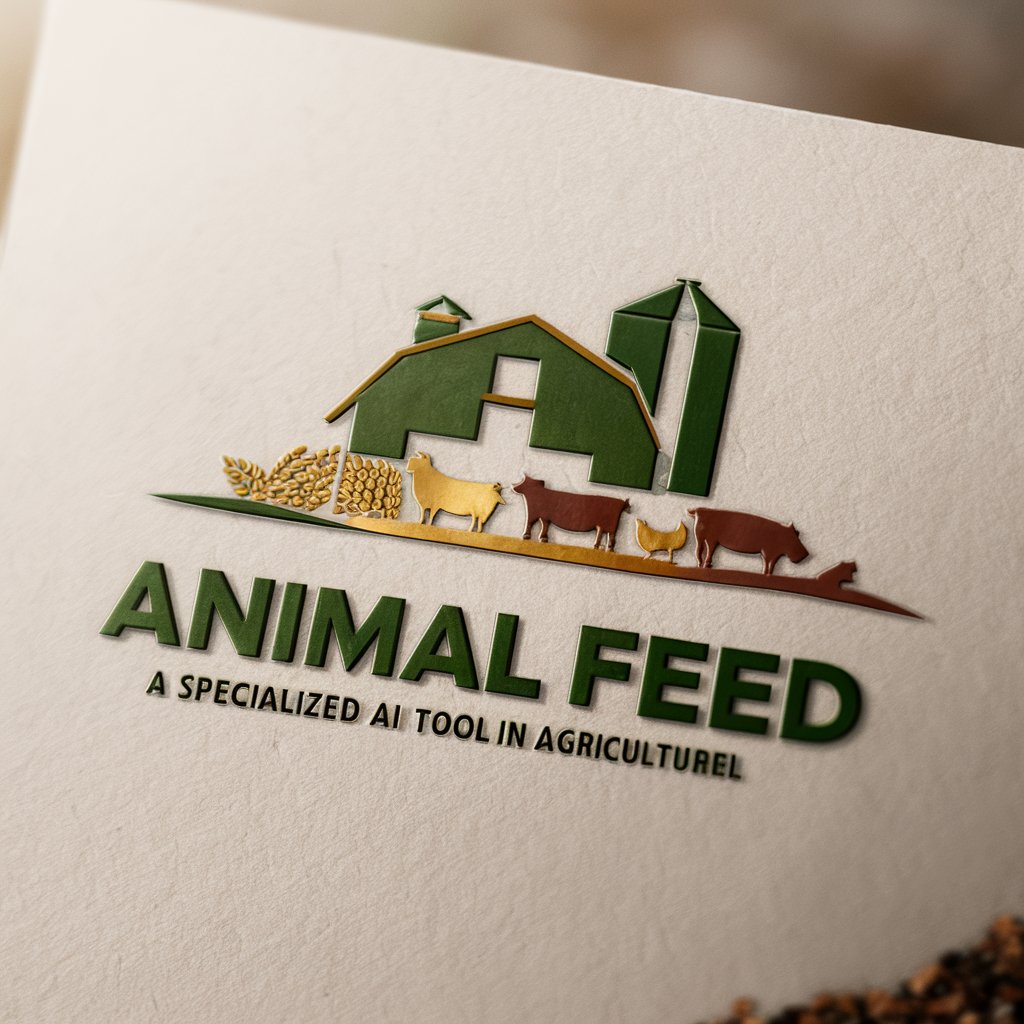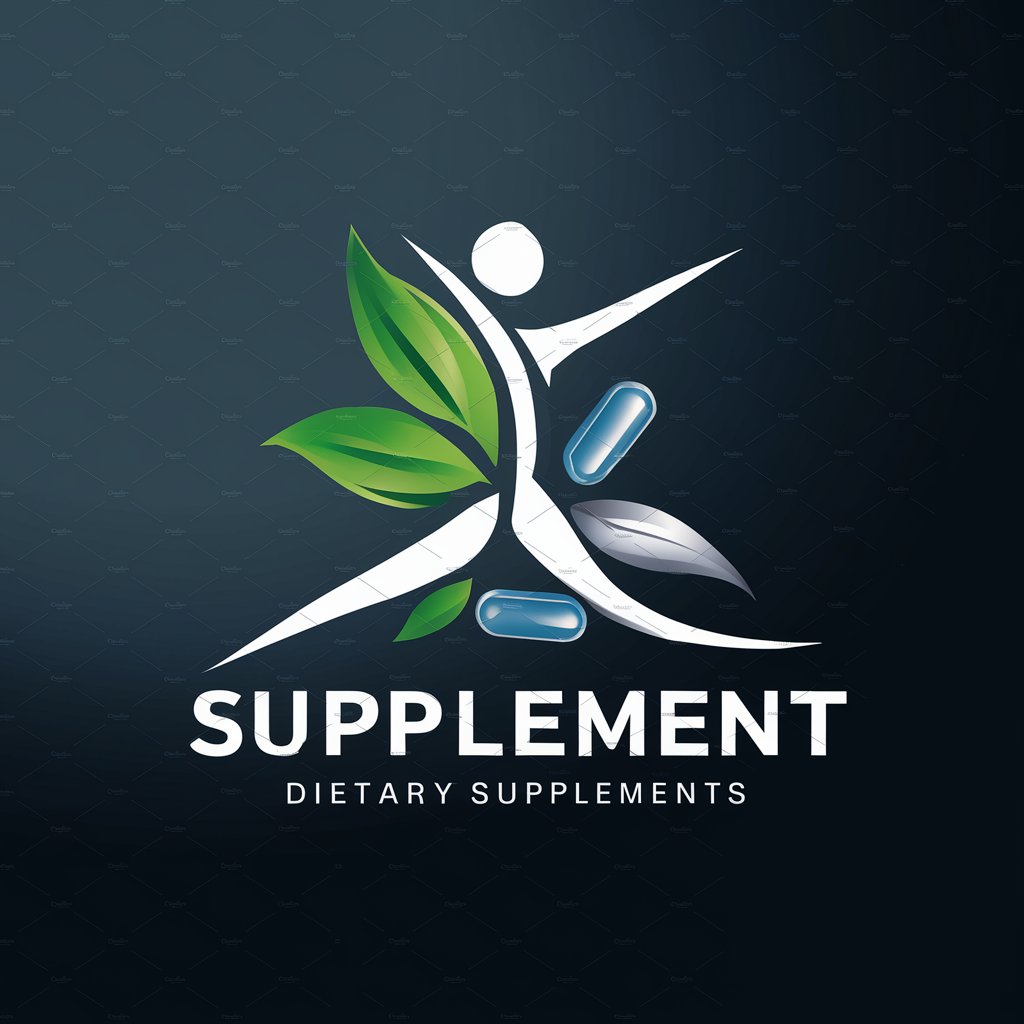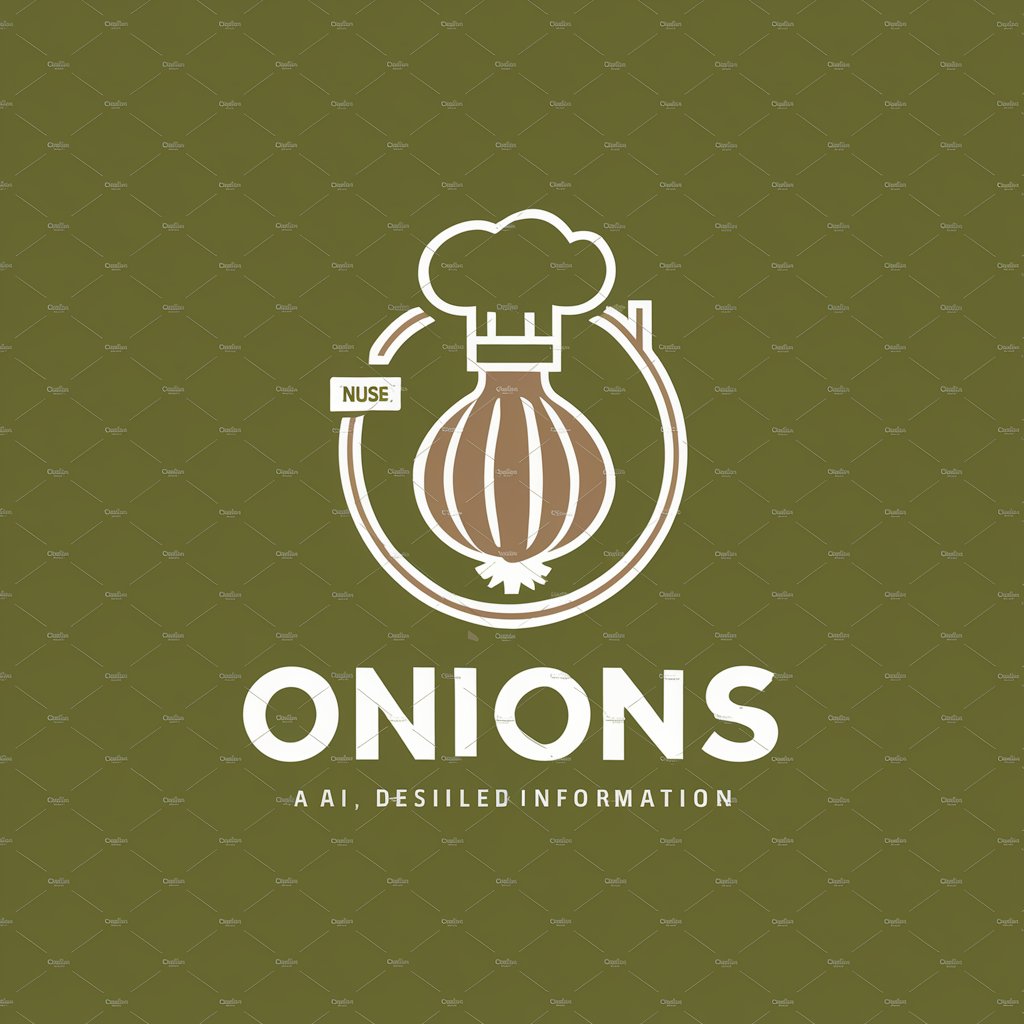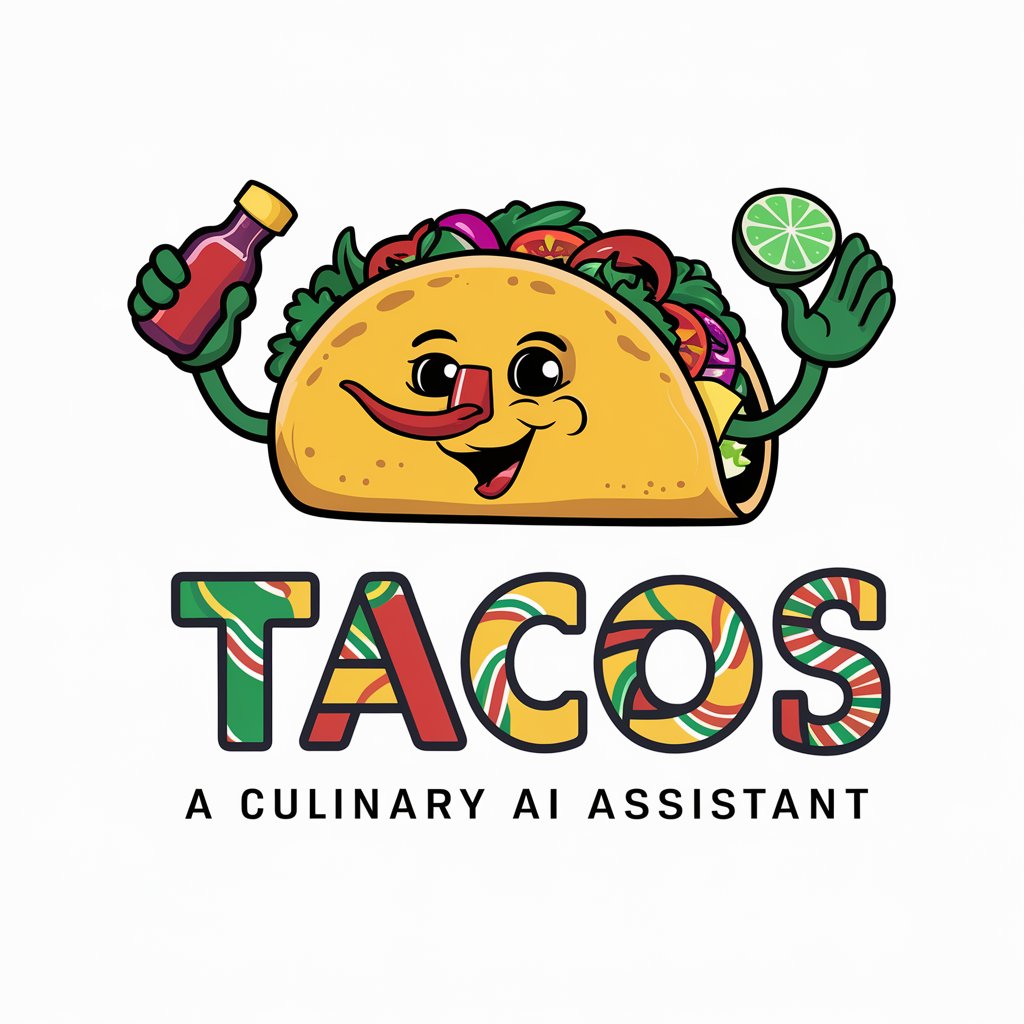Animal Feed - Animal Nutrition Insights

Welcome! Let's explore the world of animal feed together.
Empowering smarter feeding with AI
Explain the benefits of using high-quality animal feed.
What are the nutritional requirements for dairy cows?
How does pellet feed differ from mash feed?
Describe best practices for feeding free-range chickens.
Get Embed Code
Introduction to Animal Feed
Animal Feed, as a specialized GPT model, is designed to focus on the multifaceted aspects of animal nutrition, including the types of feed, their nutritional content, and effective feeding practices for various animals. It serves to provide in-depth information and guidance on selecting and utilizing the correct feed for different livestock, pets, and aquatic animals, considering their specific dietary needs. This model leverages a comprehensive database of nutritional information, feeding guidelines, and agricultural practices to offer tailored advice. For example, it can provide detailed feed composition for dairy cows to optimize milk production or suggest the best feed for poultry to enhance growth and egg production. It also addresses the sustainability and economic aspects of animal feeding, offering solutions to reduce costs and environmental impacts. Powered by ChatGPT-4o。

Main Functions of Animal Feed
Nutritional Analysis
Example
Analyzing the nutritional content of feed ingredients like corn, soybean meal, or alfalfa, and providing recommendations for balanced diets.
Scenario
A dairy farmer looking to optimize the protein and energy intake of their herd for improved milk yield would use this function to determine the right mix of forages, grains, and supplements.
Feeding Strategies
Example
Offering advice on feeding schedules, quantities, and methods tailored to specific animal species and life stages.
Scenario
A pet owner seeking to understand the best feeding practices for a rapidly growing puppy, including the type of food, frequency of feeding, and portion sizes.
Feed Optimization
Example
Helping users identify cost-effective and nutritionally efficient feed options by comparing different feed types and suppliers.
Scenario
A poultry farm manager looking to reduce feed costs without compromising on the nutritional quality required for optimal growth and health of the birds.
Sustainability Advice
Example
Providing guidance on environmentally sustainable feeding practices, such as utilizing by-products or formulating diets to reduce waste.
Scenario
An agricultural consultant advising farms on integrating crop residues and agro-industrial by-products into animal diets to minimize feed costs and environmental impact.
Ideal Users of Animal Feed Services
Farmers and Livestock Producers
These users benefit from Animal Feed by optimizing the nutritional intake of their animals, thereby improving productivity, health, and profitability. They require detailed insights into feed types, nutritional values, and cost-effective feeding strategies.
Pet Owners
Pet owners seek tailored nutritional advice to ensure the health and well-being of their pets. Animal Feed can provide information on the best dietary practices for different breeds, ages, and health conditions.
Agricultural Consultants
Professionals advising on farm management and animal nutrition can utilize Animal Feed to access the latest research and recommendations for feeding practices, enhancing their advisory services to farmers.
Feed Manufacturers and Suppliers
These users gain insights into market trends, nutritional requirements, and new feed formulations, allowing them to develop products that meet the specific needs of various animal species.

Using Animal Feed Guide
Step 1
Start your journey by visiting a platform that offers a no-sign-up, free trial experience, similar to engaging with a specialized service without the need for a subscription.
Step 2
Identify the specific needs of your animals, including species, health status, and nutritional requirements, to select the appropriate type of feed.
Step 3
Measure the correct amount of feed based on the animal's weight, age, and production stage (e.g., growth, lactation, maintenance) to ensure optimal nutrition.
Step 4
Follow a feeding schedule that aligns with the natural feeding behavior of the animals, promoting better digestion and nutrient absorption.
Step 5
Regularly monitor the animals' health and adjust the feed type or quantity as necessary to maintain or improve their condition.
Try other advanced and practical GPTs
Sunorizotor
Craft Your Song with AI

Alien meaning?
Deciphering the Unknown with AI

Modern Times meaning?
Empowering insights with AI

Wildeyes meaning?
Empowering creativity and knowledge with AI

Stairway To Cleveland meaning?
Unlock Insights with AI

Mon Coach Agent Immobilier by Orace
Empowering Realtors with AI Insight

Supplement
Empowering Your Wellness Journey with AI

CHAOS MULE
Unleash creativity with AI-powered mule imagery.

Point Of No Reply meaning?
Empowering creativity and efficiency with AI

Onions
Unlock the secrets of onions with AI

MechaNations: Eden Conquest Text Game
Shape Eden's Future with Every Decision

Tacos
Unleash the flavors of Mexico with AI

Animal Feed Q&A
What types of animal feed are available?
Animal feed comes in various forms, including concentrates (grains, high-energy feeds), forages (hay, silage), and supplements (vitamins, minerals) to cater to different nutritional needs.
How do I choose the right feed for my livestock?
Selecting the right feed depends on the animal's species, age, weight, health status, and production goals (e.g., milk production, weight gain). Consult a veterinarian or a nutritionist for tailored advice.
Can diet affect an animal's health and productivity?
Yes, the diet plays a crucial role in an animal's health, growth, reproduction, and productivity. Proper nutrition can prevent diseases, improve productivity, and enhance overall well-being.
How often should I feed my animals?
Feeding frequency should align with the animal's natural habits and nutritional needs, ranging from multiple small meals for ruminants to daily feeding for poultry and swine.
Are there environmental considerations in choosing animal feed?
Yes, sustainable feeding practices, such as using locally sourced feeds, reducing food waste, and choosing feeds with a lower environmental impact, are important for environmental stewardship.
